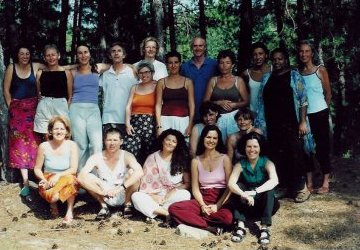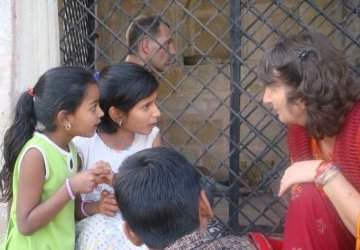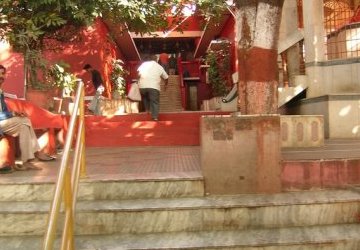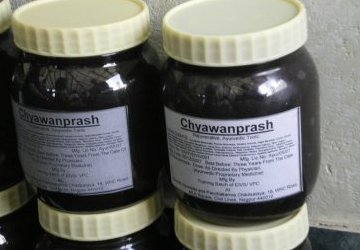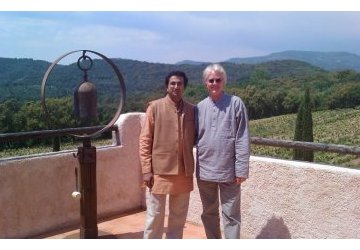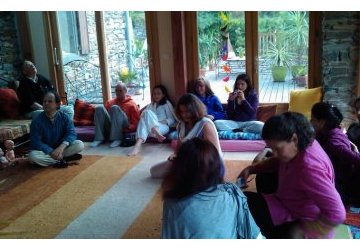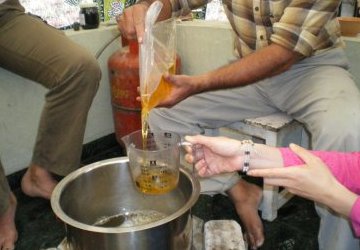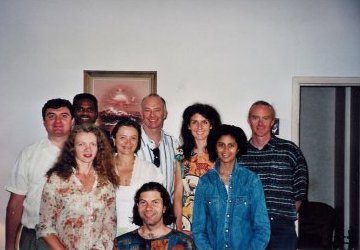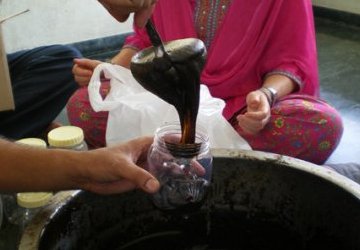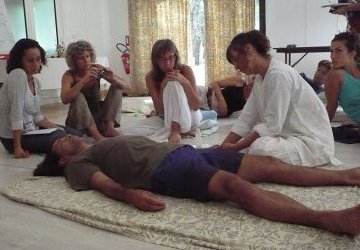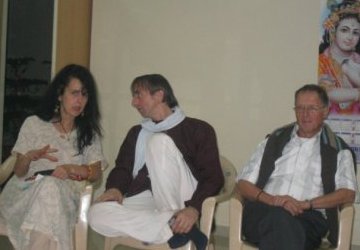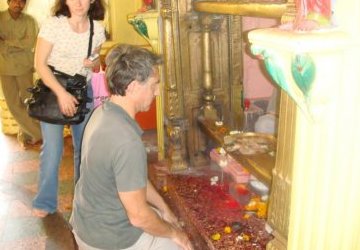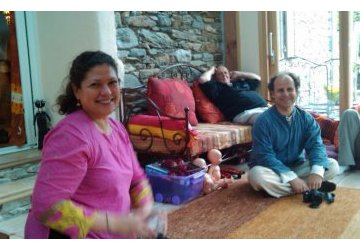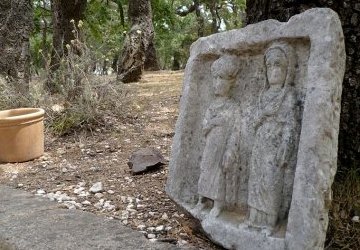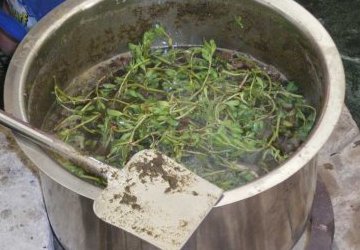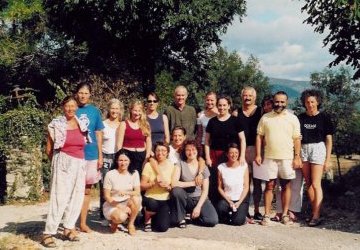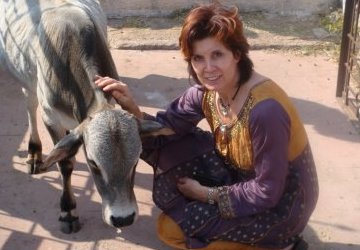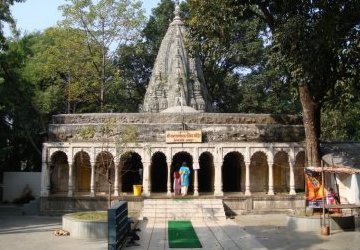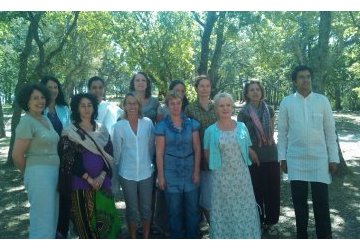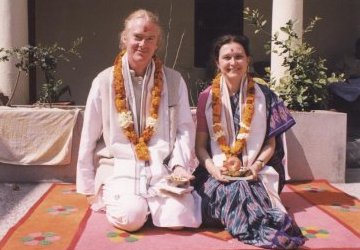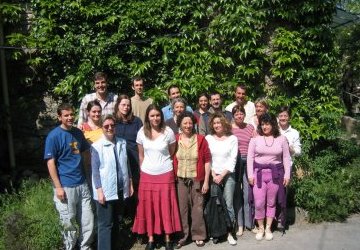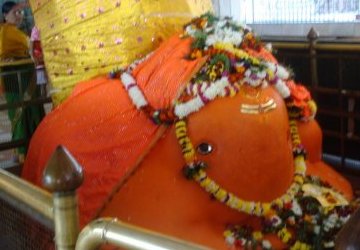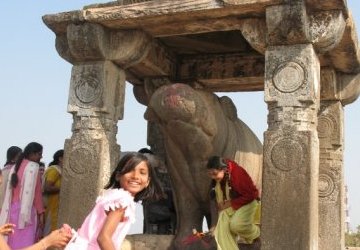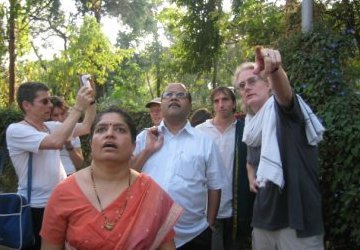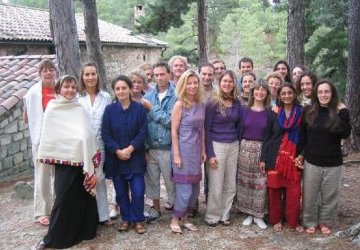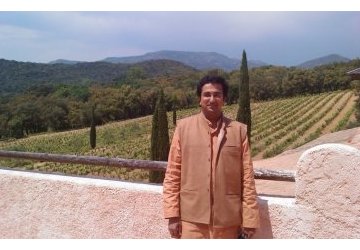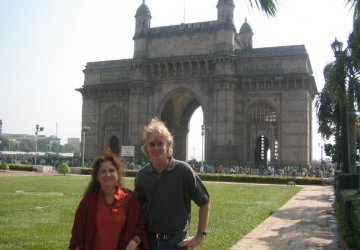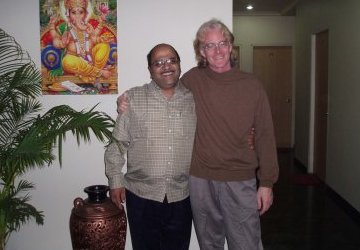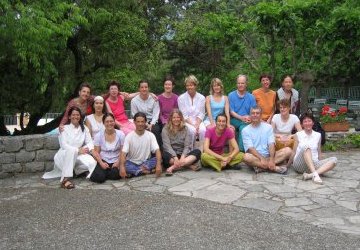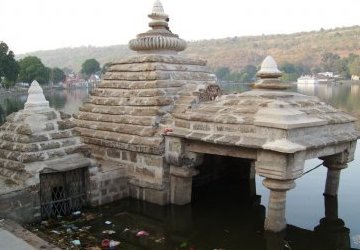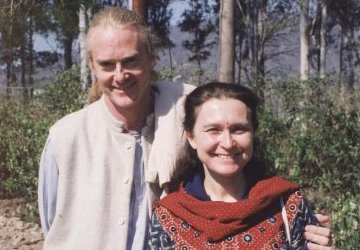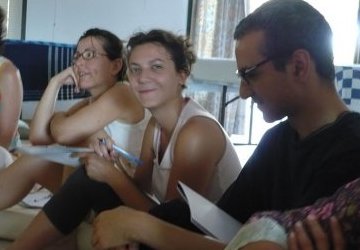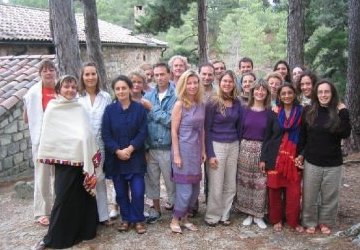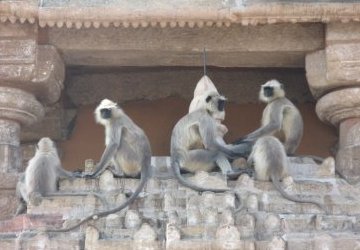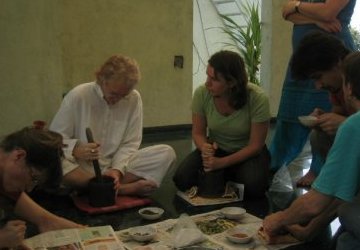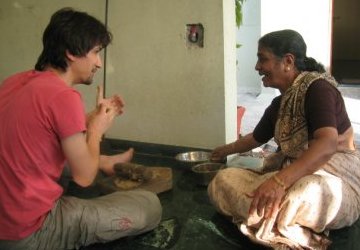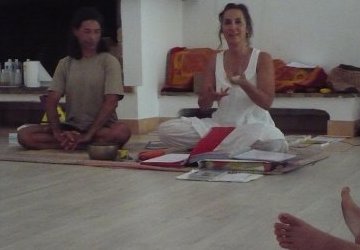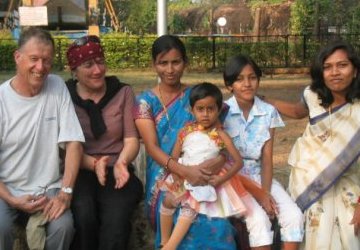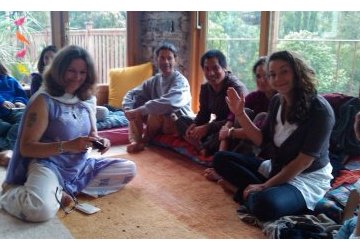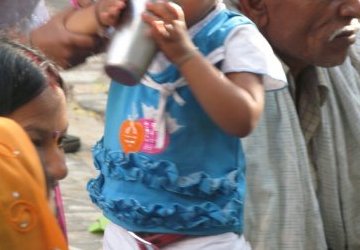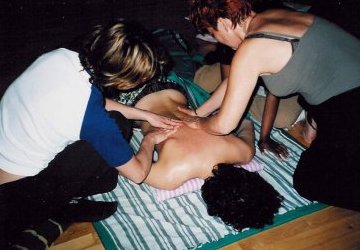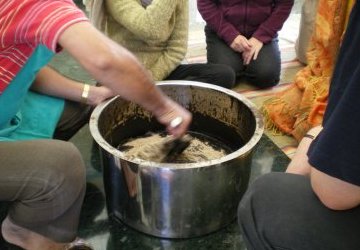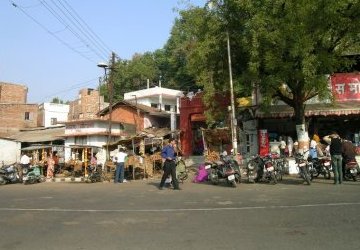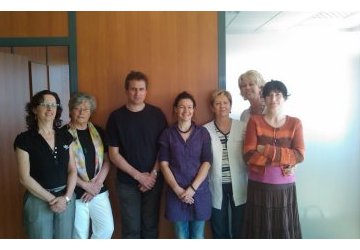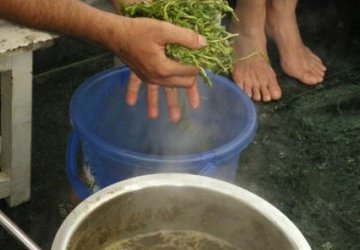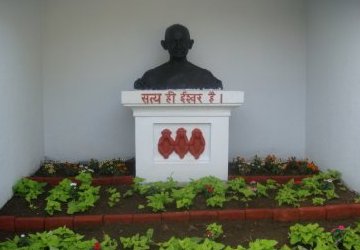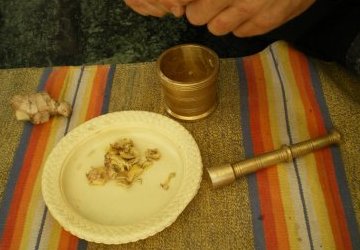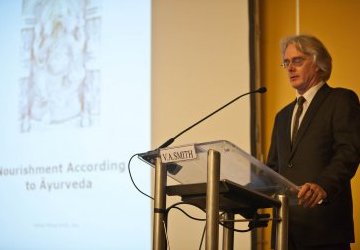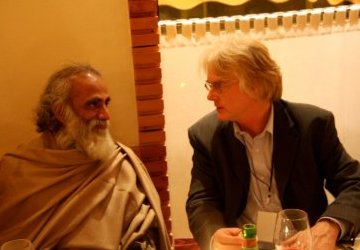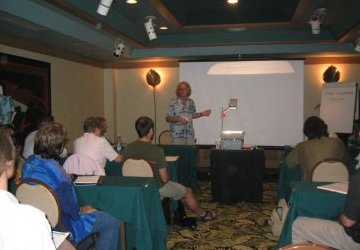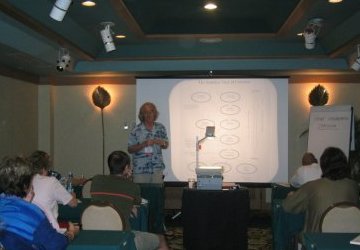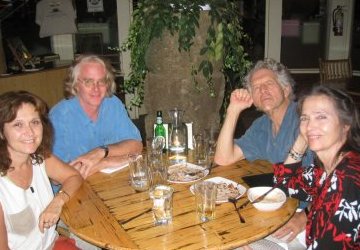Reducing Ama with Diet
An Ama reducing diet is often needed before proceeding with a long term nutritional program, or with rejuvenation therapies. It is indicated whenever there is a covering on the tongue or the stool sinks and/or has a strong smell. Remember the main indication of Ama is chronic fatigue. There are other signs of Ama accumulation - review the section on diagnosis and Agni. There are also contraindications for a strongly reducing diet (detoxifying diet).
This type of diet should NOT be given when there is any kind of wasting disease such as AIDS, tuberculosis, etc. It should not be given when the patient is very young (under 10 years) or very old (over 70), or recovering from a long illness. In other words whenever a patient is weak it should not be used. It also should not be given to persons suffering from high Vata Vikriti or Vata Vriddhi symptoms.
Generally all types of Prakriti can use this diet at the beginning of spring and at the end of summer to prevent disease. It should be avoided in winter if possible, especially in cold climates. In hot climates it can be used year round.
The anti-ama diet has to be slightly adjusted for each constitution and according to their individual situation. Depending on their lifestyle and climate the following durations can be used:
– Vata not more than two weeks
– Pitta not more than four weeks
– Kapha not more than four months
Sprouts are strongly cleansing and are often enough on their own when combined with a simple diet to clear Ama. For old, chronic formations of Ama this kind of diet is highly recommended. The amount of raw foods used should follow the logic and explanations in the textbook "Clinical Protocols and Treatments in Ayurveda" (Volume 3), i.e., as per constitution, age, season and Agni. However, most people will benefit from using primarily raw foods during this diet supplemented with cooked whole grains, or cooked sprouted grains.
This diet is quite "un-grounding" and is not good to use for clients who are healers, psychics, athletes, social workers, or other physical or mentally demanding jobs. Also note the psychological state of the client, as this diet needs a fairly stable mental state. I suggest avoiding using this diet when the client is undergoing major emotional changes. If any indications of high Vata or emaciation occur using this diet it should be stopped immediately.
The signs of using an Ama reducing diet excessively are:
– Insomnia
– Lack of energy or motivation
– Fainting
– Listlessness
– Loss of appetite
– Absence of menstruation
– Emaciation
– Lack of concentration
– Palpitations
If the body is detoxified too fast some problems can manifest. I do not consider this to be a good sign. Some practitioners say that these signs are part of a "healing crisis". It is true that the body will sometimes have worse symptoms before having a relief of all symptoms. However, this is more the exception than the rule.
In my clinical practice this happens less than 10% of the time. The trick is to avoid detoxifying the body too fast. If the body is detoxified slowly then the increase of negative symptoms will not occur. Hence, introducing a cleansing, anti-Ama diet, slowly into a client’s nutritional program is usually best. My clients all have to work and take care of family, etc. Giving them a strong cleansing diet would force them to miss time working and perhaps create further psychological burdens. However, if the client is very ill it may be better to go directly into using this strongly cleansing diet.
Common signs of detoxifying the body too fast:
– Headaches
– Diarrhea
– Nausea
– Skin rashes
Usually if adequate spice is given to keep the Agni strong, or using ginger root tea, these signs will not manifest. By far the most common occurring sign of detoxification is the headache. My approach is to reduce the amounts of raw or cleansing foods until the symptoms disappear. Then I slowly increase the doses when the symptoms and metabolism stabilize. Headaches occur when too much Ama is released into the blood and this Ama then congests the blood circulation in the neck, head area provoking pain. In essence Raktavaha Srota is effected as well as Rakta Dhatu by the rapid release of Ama into the blood. Going slower allows the liver to process and remove the Ama, thus preventing Ama from moving into the blood.
When prescribing a detoxifying diet it is important to see the client more often - at least once per week. Panchakarma, the Ayurvedic detoxifying program, is very good to accompany an anti-Ama diet. Be very aware that both a strongly detoxifying diet and Panchakarma can reduce the Agni to a very problematic level. Maintaining Agni is the most important consideration in reducing Ama and detoxifying therapies.
It should be stressed that simply eating a few raw or healing foods alone is not enough to change a disease or the beginning stages of disease. The client must use the whole Ayurvedic methodology and diet together to be successful.
Copyright © 2017 EIVS GmbH
– Ayurvedic Medicine for Westerners series of textbooks
Clinical Protocols and Treatments in Ayurveda (Volume 3)
Vaidya Atreya Smith - Born in California, USA he is the author of fourteen books on the healing traditions of India and is currently the director of the European Institute of Vedic Studies in Switzerland.




